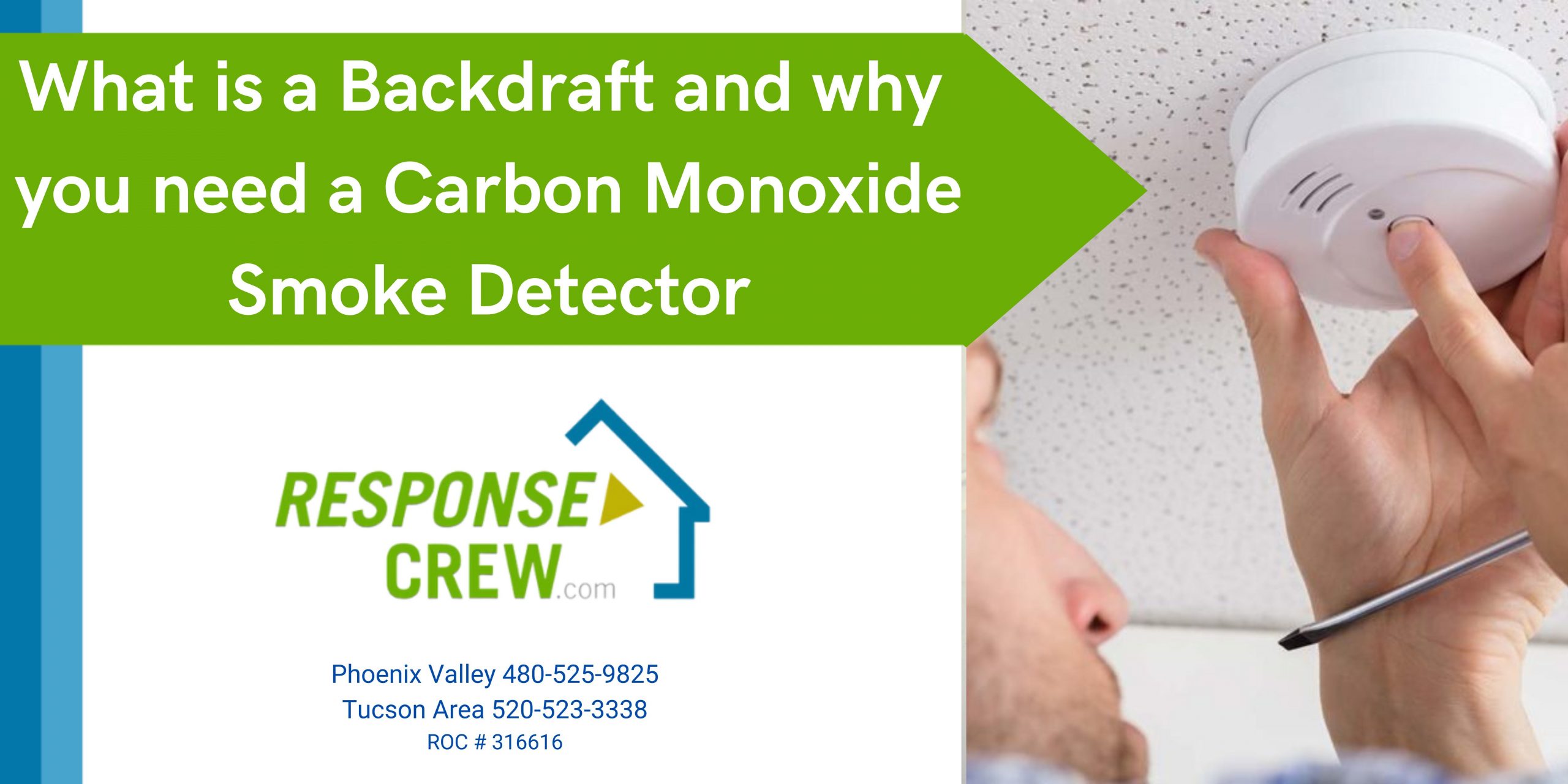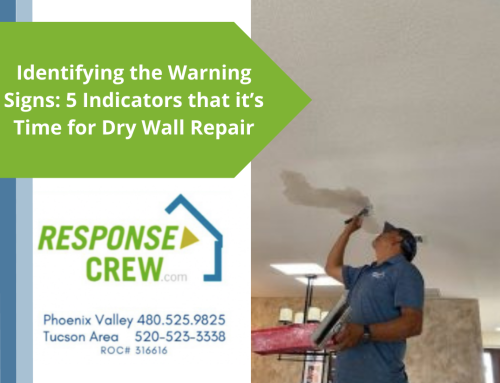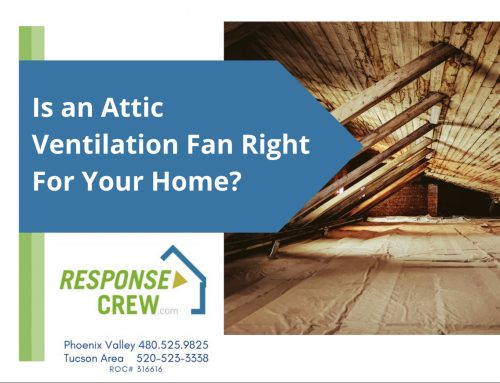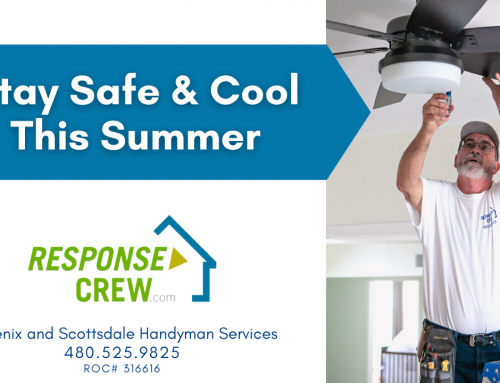Installing a carbon monoxide detector is an important safety feature you don’t want to overlook and here is why.
Over the years we’ve visited hundreds of homes that have backdraft issues and in most of the cases the homeowner was not aware of the issues and didn’t have a CO detector installed to alert them of the high levels.
What is a backdraft?
A backdraft is a natural way of letting toxic gasses escape your home. They do this through a ventilation pipe installed above the combustion or burn event. These toxic gasses are lighter than oxygen and float up, while they raise you need air to take its place. That process is called a backdraft. If this system is not working meaning air is not flowing in to take the place of the burnt air which is now gas it will escape the vent. Not enough air means that the burn process was not complete, resulting in carbon monoxide that is contaminating the areas around it.
Where is the Carbon Monoxide coming from and is this a big deal?
Good question! Appliances that use gas, burn air turning Hydrogen atoms combined with Oxygen making carbon dioxide better known as CO2. But sometimes the burn of the gas is not complete (not enough air due to backdraft issues like vent blockage), releasing a gas called carbon monoxide. This gas is toxic and when consumed (breathing) it enters the bloodstream preventing oxygen flow in the stream. In a short time your body feels weak, you become tired and disoriented mixed in with nausea. The lack of oxygen to the brain can cause you to lose conscience and lead to death. So yes, this is a pretty big deal!
How can I test the backdraft process?
Carbon Monoxide is an odorless, colorless gas so you can’t be on the lookout for it. Most appliances in the house don’t create enough combustion to put you in danger of carbon monoxide. The most notorious and one you should be inspecting every so often is if you have a gas water heater.
A simple way to test the backdraft on your water heater is a smoke test. You can burn an incense or pick up a smoke gun at your local hardware store. You can use a vape as well. Anything that creates smoke!
Hold it close to the vent pipe over the water heater. You have a 3 inch gap letting air flow in. If the smoke is not drafting in, you have a problem. You can test this with the water heater on low and high, the draft should pick up the more energy is consumed.
You can also see some exterior sighs if this process is not working right. If you see melted plastic on top of the water heater you might have an issue. If your vent pipe is clogged maybe by some animals looking for shelter (rats or birds) that can cause the gasses to escape. One dead giveaway is a 90 degree angle in the vent coming off the water heater. You shouldn’t have any big angels in the vent pipe for a minimum of 6 feet. Ideally you should have a straight up pipe with no more than small 25 degree turns.
Installing smoke and Carbon Monoxide detectors
One of the best ways to keep you and your home members safe is installing a smoke and Carbon Monoxide detector close to where your water heater and gas furnaces are. You can also install in rooms that have fireplaces and in the kitchen. I strongly recommend installing one by the garage door if you have an attached garage. Fumes from the cars can be deadly!
If you are needing a carbon monoxide test or help with the installation of smoke detectors and you are in one of the areas we service please reach out to our office to set this up. Don’t wait, this is a low cost home improvement with a high priority and safety concern.






